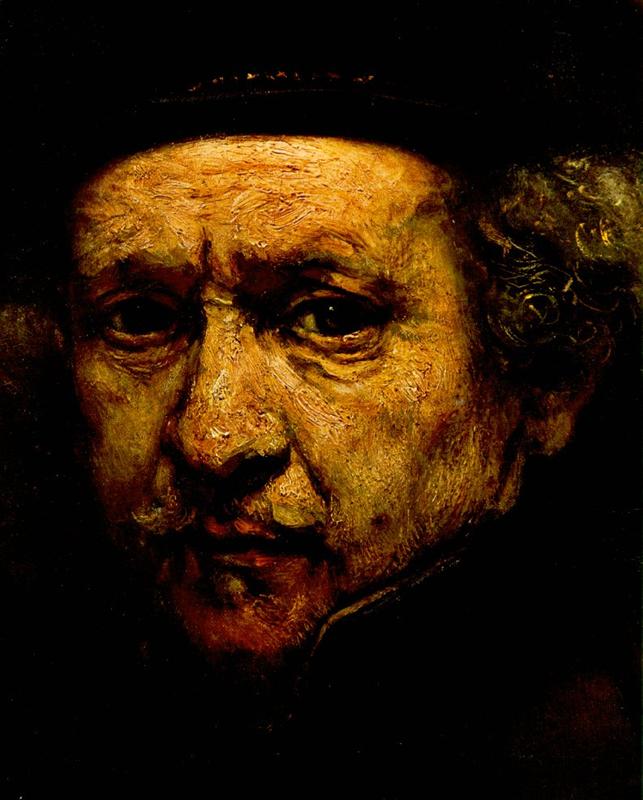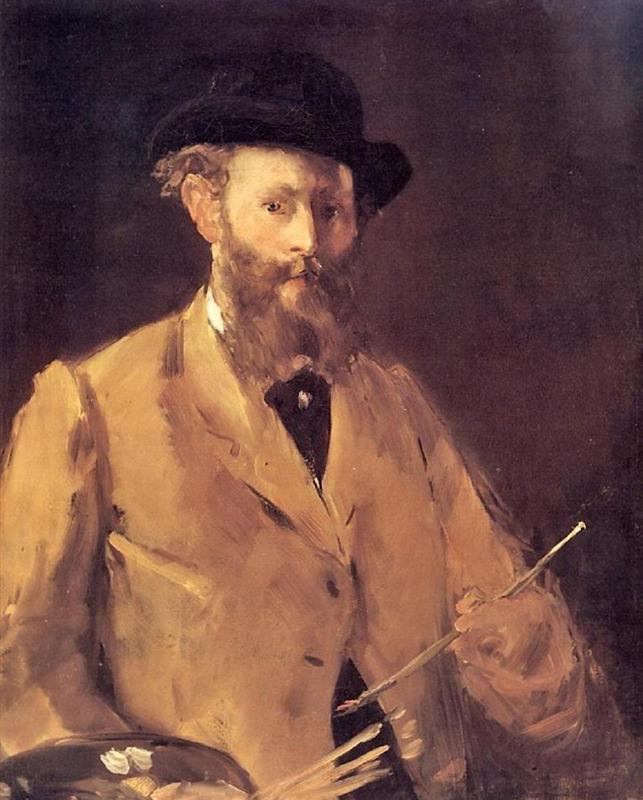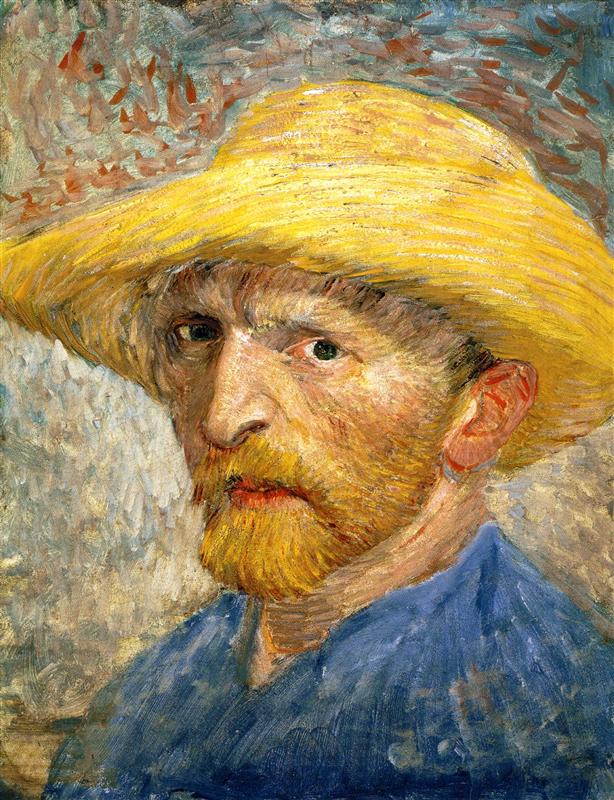From “Why painting?” series

This is the forth essay of the “Why painting” series — and the last one to about “paintings-as-things” (as opposed to “painting-as-process”).
So it seems like the right moment to look back at what I have figured out for myself so far. Here is a brief summary:
There are two roles a painting can play in life: showing (what we wouldn’t see otherwise) and creating spaces (in which life is more worth living). These “functions” weren’t originally meant to be separated, but now they are. This coincides with the “physical” separation between two archetypal spaces where we encounter paintings in the modern world: the museum and the room of one’s own. It turns out that concept of museum — as a collection of paintings worth seeing even if they are stripped of their space-creating function — unintentionally disrupts the connection between painting and life by downplaying this function.
This disruptive disconnect stretches far beyond the idea that the best paintings are in museums anyway, which inevitably puts the aura of something “second rate” (not “museum-quality”) around all other paintings — that is, those one can realistically hang in a room of one’s own. The key word here — the word that expands and strengthens this disconnect — is “collection”. Nowadays, even paintings bought by private people for rooms of their own tend to be seen as “collectibles”: the accepted polite term for any person with a painting on their wall is “collector”, and artists prefer to talk about their paintings being in “private collections”, rather than just in some private people’s rooms.
This extension of the word “collection” is a relatively recent phenomenon; there are still artists in this world that cringe at this extended usage, seeing it as a sign of false pretense, a glaringly obvious — at least to those who know better — attempt to “fake it without making it”. For them, a private collection is still something more grand, something one could lend for an exhibition, or bequest to a museum (and museums would queue to woo the collector for such a bequest). In other words, it is almost a museum.

And this earlier, narrower meaning of the word is still alive: it is this earlier meaning that creates the aura of prestige around “being collected”. This phrase you are likely to see on an artist’s resume (or website), about their work “in private collections around the world”, seems to give one a higher status, a more socially justified “claim” at being an artist than simply the fact that one’s paintings are hanging on the walls of private rooms in different countries, being part of someone’s daily life.
The problem is that the idea of “collection” and “collectible” brings with it a lot of unwanted associations. Most importantly, an item in a collection is not supposed to be used in its intended function. Compare a post stamp you can use to send a letter with a post stamp in a collection; or a cup you drink from with a cup that belongs to someone’s collection of porcelain. A collectible may be more expensive, but you cannot send a letter with it, nor drink your tea from it.
And nowadays, paintings seem to go from an artist’s studio directly into “collections”, without the intermediate stage of being “useful” in their own right — as a cup is useful for drinking. Thus, while being a “collectible” raises a painting’s prestige (and its implied “value” as an investment), it also brings with it the aura of complete uselessness, and feeds into the false idea of paintings being luxury items, frivolous and useless in real life and in hard times.
But isn’t art supposed to be useless to begin with? There is, after all, this famous Oscar Wilde’s quote to that effect, from the preface to “The picture of Dorian Grey”, “All art is quite useless”. What is less known is that Oscar Wilde answered an outraged reader’s demand for explanation, and that’s how he began his (very brief) response:
Art is useless because its aim is simply to create a mood.

Simply to create a mood… but this means changing the whole state of mind-heart-body system, doesn’t it? And a painting in a room of one’s own actually does more than that: it creates a space filled with a mood, the mood emerging from the interaction between the painting and you, the beholder. It is always there; it keeps holding space for you even when you are not consciously aware of it. It is not about just a fleeting mood, but the overall emotional tenor of one’s life.
Do we need that?
There is a remarkable quality to human condition: the subtle interplay between one’s inner space — the flow of moods, thoughts, emotions, sensations — and one’s environment, the “outer space”. These are generally well aligned with one another, because they are interdependent. On the one hand, one’s inner state is influenced by the environment: you can be sad, and bored, and tired — but then a friend calls, and you go for a walk, and your sadness, and even your tiredness dissolve. Or you can be happy and joyful — but then you receive some bad news, and the joy is replaced with pain, worry, and anxiety. On the other hand, our inner states undoubtedly influence the environment, because they determine what we pay attention to, and what we choose to do, and how we choose to react to what’s happening around us — and to us.
This ability to choose how to react to the events in the environment — to create one’s own mood, one’s own inner space, at will — is, arguably, a human being’s ultimate source of freedom, the only genuinely inalienable human right. And, as witnessed by Viktor Frankl, the strongest among us can do that in the direst of circumstances, in unimaginably harsh environments.

But in most of us, this ability is limited (and quite often, untrained). The calamities of the outer world — and, occasionally, even insignificant frustrations (like “someone is wrong on the internet”) — can trigger emotional states and reactions which one would rather somehow will away, and it’s not remotely easy to create one’s own mood in many daily circumstances. All in all, most of us need all the mood-creating help we can get… the problem is, the only place we can get this help is, almost by definition, the “environment”, the outer world (which has triggered the unwanted reaction in the first place).
There is a seeming deadlock here, and the age-tested way out of it is art, and its ability to “simply create a mood”. And paintings in “the room of one’s own” might be better at it than just about any other art form. To get mood-creating help from a piece of music, or a poem, you need to do something first: switch on your player and play the record you need (or even go to a concert hall), read the poem (or make an effort to recall it). These are not huge actions, but when the help is needed urgently, when you are overwhelmed with pain, anxiety, or frustration, they may not even come to mind as a possibility. But paintings in your own room — they are just always silently there, creating an ever-present space filled with life-supporting moods and inner experiences.

But to do that, of course, they need to be the “right” paintings — chosen because they communicate experiences and moods you need and want in your daily life, and in a way to speaks to your mind and heart; not for their prestige or value as “collectibles”.